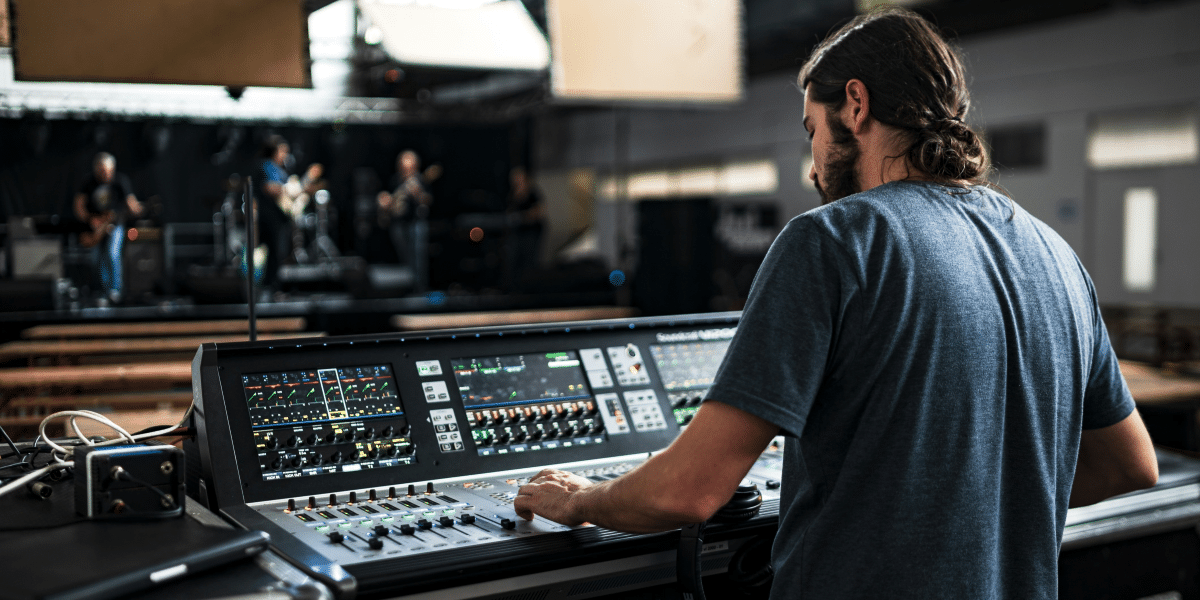What is Foley Art?
Have you ever gasped as a hero narrowly dodged a hail of bullets on screen, or cringed at the sickening crunch of a car crash in a film? The sounds that make those movie moments so visceral are rarely the real thing. That’s where the magic of Foley art comes in. Let’s explore the surprisingly creative ways those everyday sounds are recreated and how they fundamentally shape our experience of films and games.
Foley art, named after sound effects pioneer Jack Foley, is the art of recreating everyday sounds specifically for film and video game projects. Foley artists are masters of sonic illusion. Need the sound of footsteps on gravel? They’re not heading out to a driveway; they’re manipulating materials in their studio to mimic that precise sound. From creaky doors to rustling leaves, their work adds incredible sonic detail, enhancing realism and boosting emotional impact.
Think of a Foley studio as a sonic playground. Foley artists use various surfaces – wood, concrete, gravel – to experiment with replicating footsteps. They have countless props on hand: old doors, broken dishes, even vegetables become tools to create those satisfying crunches and squishes.
It’s not about finding the exact object, but about finding something that sounds right. Crunching celery can become the horrific sound of breaking bones; snapping a frozen lettuce head might be the perfect substitute for a car door crumpling on impact.
Video & Audio: Seeing (and Hearing) is Believing
The true magic of Foley is best illustrated with video demonstrations. [Include a link to a video showcasing Foley artists at work, like a mini-documentary on YouTube]. Seeing the disconnect between what’s on screen and the objects a Foley artist manipulates is both mind-blowing and strangely satisfying.
Even better, before-and-after audio comparisons drive the point home. [Include links to audio clips of a scene without Foley sound, followed by the final version]. Suddenly, that epic battle scene sounds flat, or the footsteps in a suspenseful thriller lack the tension they need. This highlights how integral Foley is to a fully immersive experience.
While we usually think about what we hear, Foley art also manipulates how we feel about a scene. By choosing slightly heavier footsteps than normal for a villainous character, the Foley artist adds a subtle sense of menace. Exaggerating the swish of clothing can make an action hero seem more powerful and dynamic.
“Foley is about storytelling as much as it is about replicating sound,” explains a veteran Foley artist. “We use subtle sonic cues to amp up the drama or inject a touch of humor – the audience might not even consciously notice, but they feel the difference.”
While most readily associated with film, Foley art is essential in video games, where players crave immersive detail. The crunch of different footsteps on various in-game surfaces – think snow versus a grassy field – increases believability. The unique clinks and rattles of in-game weapons and armor all come from the meticulous work of Foley artists. It brings a tactile quality to the experience and makes the game world feel more reactive to the player’s actions.
Next time you’re engrossed in a movie or game, take a moment to appreciate the incredible detail in the soundscape. It’s more than just background noise. It’s the result of Foley artists who painstakingly build a sonic world, often using the most unexpectedly ordinary objects. Their work heightens the emotional impact and keeps you on the edge of your seat with sounds that feel so real, you forget their extraordinary origins.







